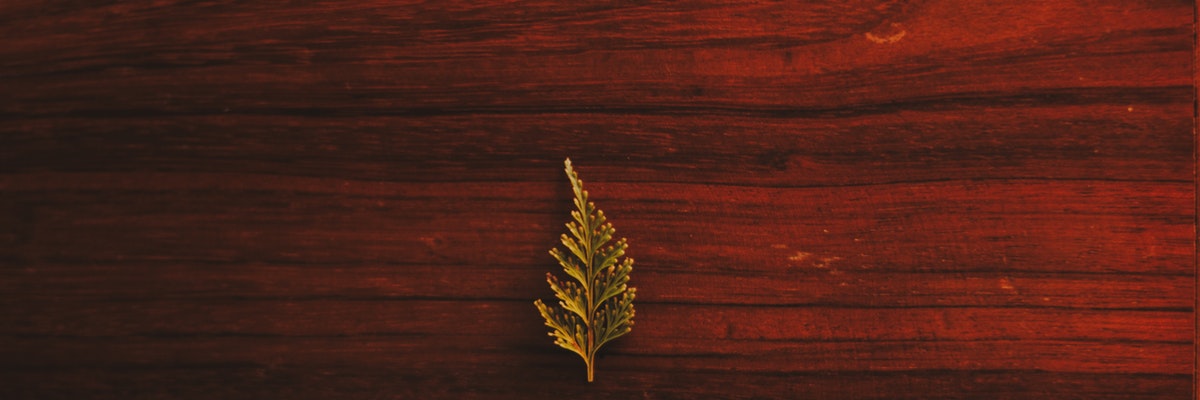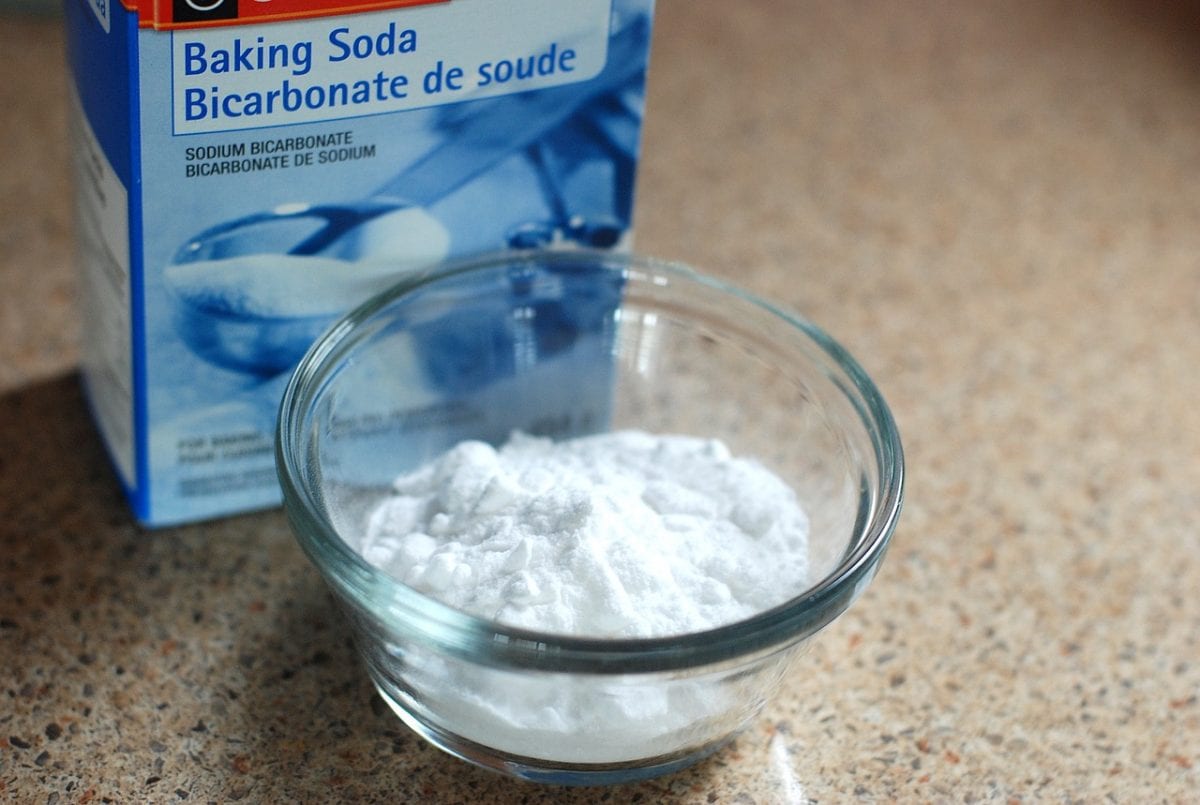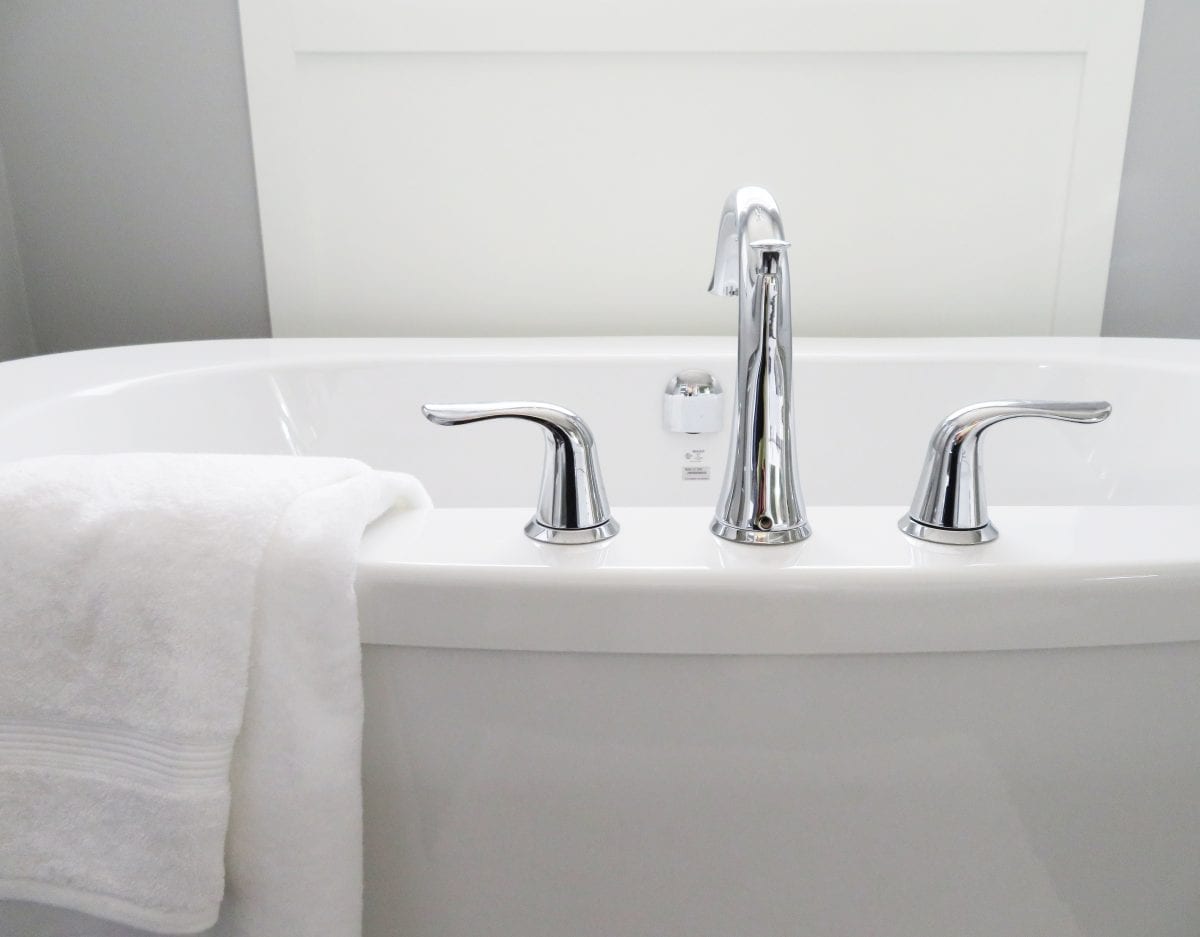There’s nothing better than padding around on your gorgeous oak flooring at home. Although it often has that naturally rustic look, a bit of regular TLC protects it from irreparable wear and tear.
Here are a few things to keep in mind for oak floor care and cleaning:
How to clean oak flooring
Never use a steam cleaner on your oak floor
Let’s start with what not to do. Don’t use steam clean technology to clean your wooden floors – ever. For reasons we’ll expand on below, water + wood just isn’t a good combination. Also, the high pressure and temperature of the steam can damage the finish and wood of the floor.
Trust us, just step away from the steam cleaner.
Wipe spillages immediately
Don’t procrastinate on this one. Allowing water, cleaning products, or any other spills to remain on your oak floor for too long can result in dark stains. Take extra care to avoid spillages when watering any houseplants.
Let’s face it though, a spillage is bound to happen at some point. Place mats in areas where spillages are more likely to occur, such as kitchens.
Don’t use abrasive cleaning materials.
Stating the obvious perhaps, but use a product specially designed for cleaning wooden floors, not an all-purpose cleaner. Products with too much bleach or ammonia are more likely to damage your wooden floor than to leave it sparkling.
Stubborn stains? Target these with a bit more pressure using a soft cloth dipped in the cleaning solution.
That about sums that point up.
Avoid scratches by using a gentle touch while cleaning
There’s no need for overly vigorous cleaning methods. Rubbing the oak floor surface too hard just takes that beautiful shine off your boards. Dry sweep or vacuum using the softer vacuum attachment.
Use a damp mop while mopping
Don’t use a dripping wet mop for cleaning oak floors. Avoid the temptation to soak (remember, water + wood = not a great pair) and use a damp mop for your weekly clean.
How to maintain oak flooring
Use felt furniture pads
Sure, oak is hard and durable, but it’s still prone to indentations from heavy or spiked objects. Prevent unsightly scratches from any furniture by using felt pads on the legs of all furniture. Replace the pads every few months as they do tend to get worn out.
Avoid heels or spiked shoes
It’s unlikely you can convince every single guest to adhere to a ‘no shoes’ policy. Use rugs in places of heavy traffic to avoid a freak out every time a heeled friend walks through the door.
Try and maintain indoor humidity levels of 40-50%
Wood is a naturally porous material. It can swell up when it absorbs moisture, much like a sponge. Losing moisture during those cold winter months when indoor heating is on full blast can cause it to curl up.
By keeping the interior of your home at a consistent humidity level, you can avoid any expansion or movement. Keep an eye on that indoor temperature.
Re-oil every year, depending on wear and tear
Give your floor a little bit of oil-loving by re-coating it regularly. If you don’t do this, you risk the finish getting worn which will mean you need to get it sanded to restore its former glory.
Infrequent re-oiling could also lead to dampness and unsightly black spots appearing. Doesn’t sound attractive, so keep up with that regular oiling. Every 12 to 18 months should do it.








